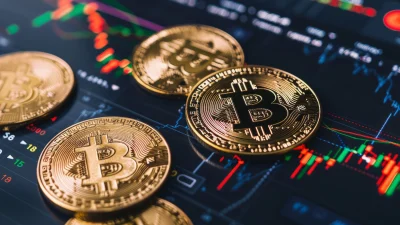EM volatility is the price of return, Eaton Vance says



While recent swings in emerging markets (EM) have caught investors' attention it shouldn’t come as a huge surprise, especially since 2017 was so notable for its lack of volatility, Eaton Vance said.
According to says Kathleen Gaffney, director of diversified fixed income and Henry Peabody, diversified fixed income portfolio manager at Eaton Vance, rising volatility may mean better opportunities for active fixed-income managers who are able to capitalise.
“EM, like any market, will see fits and starts, and rich and inexpensive issuers. This is why we think investors should embrace the new regime, and leverage flexibility in finding individual opportunities within and across sectors, and not merely focus on single exposures or asset classes,” they said in a recent report.
Emerging market currencies have “taken it on the chin” recently, Eaton Vance said. The MSCI Emerging Markets Currency Index is down about 9 per cent the past five months, with much of the damage concentrated in weaker economies.
Gaffney and Peabody said investors will now be watching to see if the pain spreads into other areas, such as developed markets and equities -- especially since September and October are known as volatile months.
“Yet, investors should remember that volatility often creates opportunity for long-term investors who can handle the swings. And, we think we are at least close to that point in emerging market bonds,” they said.
“Overall, most investors and financial advisors haven't rushed for the exits in funds that invest in emerging markets, according to some reports. This lack of panic so far suggests that investors may only have small, strategic allocations to EM bonds in their portfolios.
“Therefore, they may be able to better stomach the well-known volatility in the asset class and are aware that the economic growth of EM is a long-term theme despite recent weakness in specific countries.
“This jibes somewhat with our own ‘new playbook’ thesis that in this difficult fixed-income environment, volatility is the price of return.”
However, Gaffney and Peabody said that buying EM bonds now when they're seemingly universally hated is not easy, with immediate risks including an escalating trade war, US government shutdown, Brexit and political tensions in Italy and elsewhere.
“So, while there are political risks that could take time to sort out, we just think investors have grown too bearish on EM bonds and currencies,” they said.
“Putting it all together, the return of volatility is a reminder that what has worked well in recent years may not work as well going forward. For example, simply taking duration risk and focusing on investment-grade bonds has been a decent strategy in recent years, without much downside.
“However, we think investors will have to explore ‘riskier’ asset classes like emerging markets in coming years to maintain performance. And volatility, while painful, often creates the best opportunities.”
Recommended for you
LGT Wealth Management is maintaining a neutral stance on US equities going into 2026 as it is worried whether the hype around AI euphoria will continue.
Tyndall Asset Management is to close down the Tyndall brand and launch a newly-branded affiliate following a “material change” to its client base.
First Sentier has launched its second active ETF, offering advisers an ETF version of its Ex-20 Australian Share strategy.
BlackRock has revealed that its iShares bitcoin ETF suite has now become the firm’s most profitable product line following the launch of its Australian bitcoin ETF last month.










